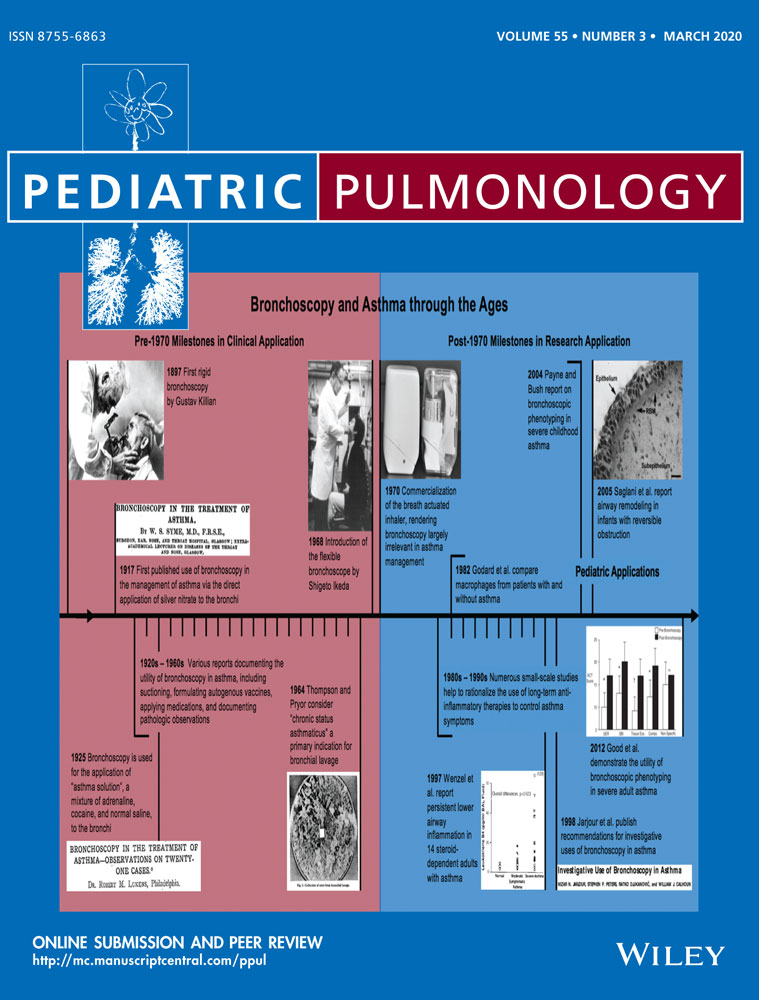In utero exposure to pre-eclampsia as an independent risk factor for long-term respiratory disease
Abstract
Introduction
Pre-eclampsia has a considerable effect on the intrauterine environment, yet not much is understood about how this impacts the respiratory health of the offspring. The aim of the present study is to determine if pre-eclampsia correlates with a higher incidence of respiratory disease in the offspring.
Methods
This cohort study assessed the differences in respiratory disease patterns between singletons born to mothers with and without pre-eclampsia. The study was conducted between 1991 and 2014 in a regional tertiary medical center. A generalized estimating equation (GEE) model was used to control for confounders and maternal clusters.
Results
253 808 deliveries were included in the study. Of these, 3.0% were to mothers diagnosed with pre-eclampsia (n = 7660), 0.9% with severe pre-eclampsia (n = 2366), and 0.03% with eclampsia (n = 81). A significant linear association was noted between the severity of the pre-eclampsia (no pre-eclampsia, mild, severe pre-eclampsia, and eclampsia) and respiratory disease of the offspring (5.7%, vs 6.0% vs 7.3% vs 9.9%, respectively; P = .003). The offspring of mothers who developed pre-eclampsia had significantly higher rates of asthma (1.1%, vs 1.3% vs 1.4% vs 1.2% correspondingly; P = .018). In the GEE model, controlling for gestational diabetes, maternal age, gestational age, and length of follow up, pre-eclampsia was found to be an independent risk factor for respiratory morbidity in the offspring (adjusted odds ratio = 1.32; 95% confidence interval, 1.21-1.45).
Conclusion
Exposure to maternal pre-eclampsia is an independent risk factor for long-term respiratory morbidity in the offspring. Specifically, the prenatal exposure to pre-eclampsia was significantly associated with asthma of the offspring.
CONFLICT OF INTERESTS
The authors declare that there are no conflict of interests.




